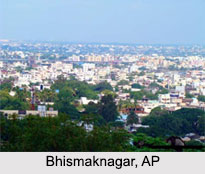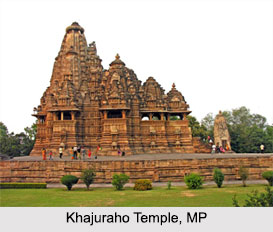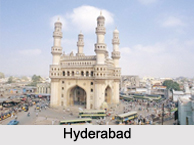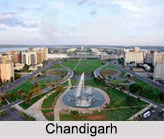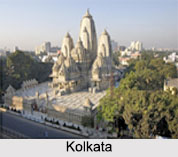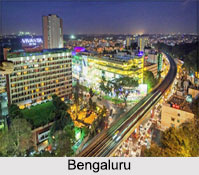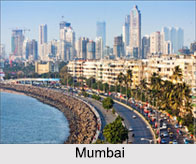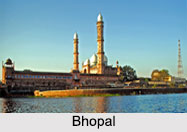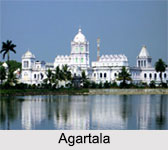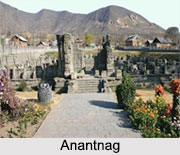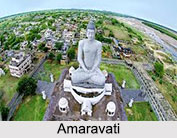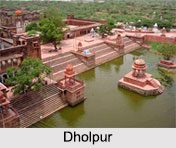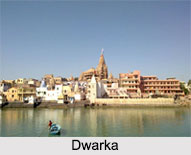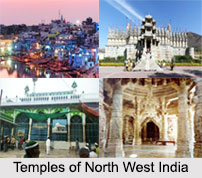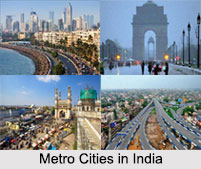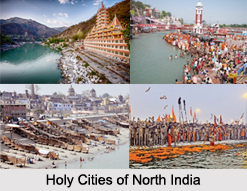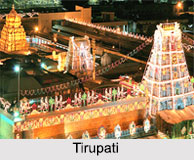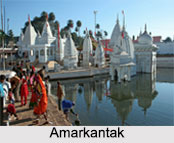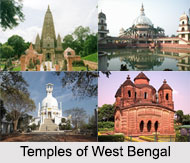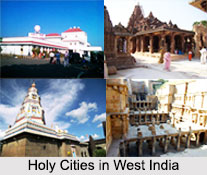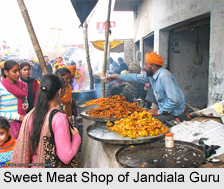 Jandiala Guru is a town in the Amritsar district of Eastern Punjab. It is located on the Grand Trunk Road at and has an altitude of 229 m (754 ft).
Jandiala Guru is a town in the Amritsar district of Eastern Punjab. It is located on the Grand Trunk Road at and has an altitude of 229 m (754 ft).
History of Jandiala Guru
Jandiala Guru is named after Jand, the son of the founder. The municipality was created in 1867 during the colonial period of British rule and formed part of Amritsar Tehsil. The town was situated on the route of the North-Western Railway.
Demography of Jandiala Guru
The population according to the 1901 census was 7,750; the income 1903-1904 was Rs.8, 400. At the turn of 21st century, the population was estimated at about 100,000. The large communities are Ghangas Jats, Jains (mainly jewellers, grain merchants and businessmen), Thathiars (Steel Utencil makers).
Culture of Jandiala Guru
The large concentration of these skillful artisans makes Jandiala Guru the hub for jewellery and utensils for the surrounding areas. The sister city of Jandiala Guru located at the distance of 2 miles is Gehri Mandi.
Education of Jandiala Guru
The schools are S.A. Jain High School, St. Peters School, St. Francis School, St. Soldier Day Boarding School and Saint Day Baording School. The Computer Centres are Bedi computer centre Jandiala guru, KJI Computers Gehri Mandi There is a college in the town. Ragunath girls college; apart from that there is one nursing college named as Guru Teg Bahadur College of Nursing.
Tourism in Jandiala Guru
Jandiala Guru is also famous for religion and devoted to God people. Thus this city has many gurudwaras, mandirs. The most famous is Gurudwara Baba Hundal Ji Tap Asthan, which is of worth visiting.
